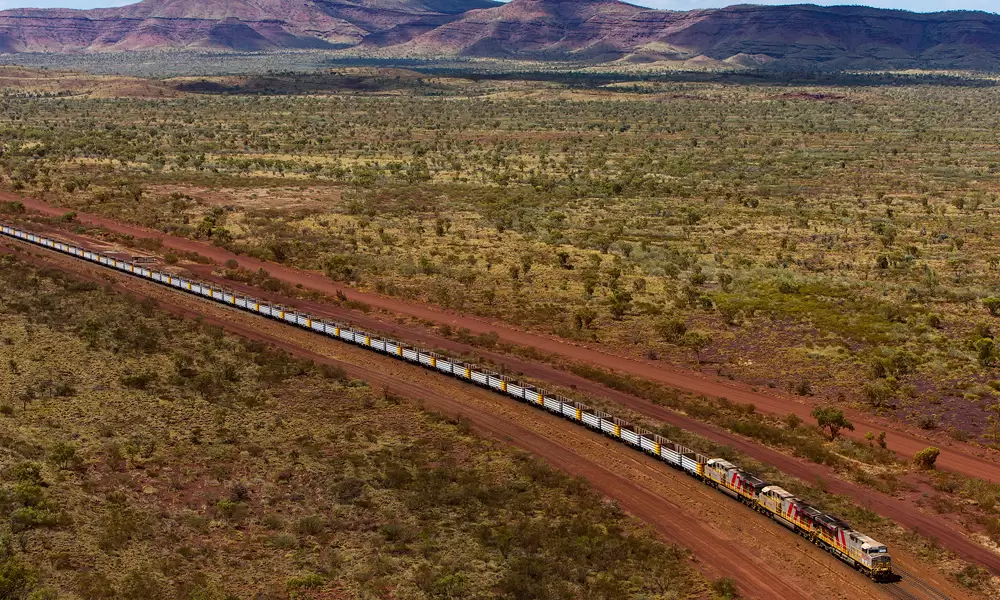STEM education is getting a push thanks to new government incentives aimed at increasing the number of teachers with engineering and science qualifications.
Engineers and scientists are being encouraged to make the switch to a career in STEM education to get high-school students fired up about pursuing careers in these professions.
Federal Education Minister Simon Birmingham has proposed extra funding for trial programs aimed at getting “highly skilled individuals into the teaching profession”, he told ABC radio ahead of an appearance at the Australian Science Teachers Association’s annual conference.
The most focus will be on secondary education to funnel Australia’s future engineers, physicists, scientists and mathematicians into related university courses.
Enrolments in maths and science courses across the country have been in decline for some time, which has roll-on effects for the number of qualified professionals entering the workforce each year.
Supporting educators
According to Birmingham, about 20 per cent of STEM teachers do not have the appropriate subject qualifications.
“We should be making sure in those secondary school years that we have the subject specialists in front of the classroom inspiring those students,” Birmingham said.
Birmingham said he also wants to make it clear to universities where their employment priorities lie, and create direct incentives to boost enrolments of science and maths secondary teachers.
A report earlier this year from the STEM Partnerships Forum to education ministers found many STEM teachers and programs are under-resourced, and too often educators are asked to teach outside their area of expertise to fill a gap.
“Many teachers are quite a few years past their undergraduate courses, and they’ve not received the skills-based professional learning they deserve,” said Australia’s Chief Scientist Dr Alan Finkel, who chaired the forum.
Birmingham echoed these thoughts, saying specialist teachers are not only great for their subject-matter expertise, but also because they bring their passion for the topic to their teaching.
“In terms of ensuring that students do stick at science through their high school years, we know it’s not just about knowledge, but also about passion and enthusiasm and interest,” he said.
Downward trend
The percentage of students taking in part in preparatory subjects for engineering, such as advanced maths and physics, has been in steady decline for the past two decades. Participation rates are especially low among girls, which impedes efforts to create a more gender-balanced profession.
According to the Engineers Australia Engineers Make Things Happen report from 2016, universities face a severe degree of difficulty getting women to enrol in engineering, and a moderate to low degree of difficulty getting boys to enrol.
“There is an urgent need to reverse these trends because engineering is already a majority overseas born profession, and further reliance on skilled migration carries unnecessary risks for the supply of engineers,” the report stated.
Engineers Australia makes a number of recommendations to reverse this course, including training more specialist maths and science teachers.
However, government action in recent months could hamper these efforts. This year’s budget announced university funding freezes, which especially affect STEM courses as they are often the most expensive to run. Universities Australia Chief Executive Catriona Jackson said the best way to improve STEM teaching is to reverse a $2.1 billion funding cut to universities.
If Australia wants to pivot towards an innovation economy to stay competitive, STEM education outcomes need to improve now to build the skills needed by country’s future workforce.



